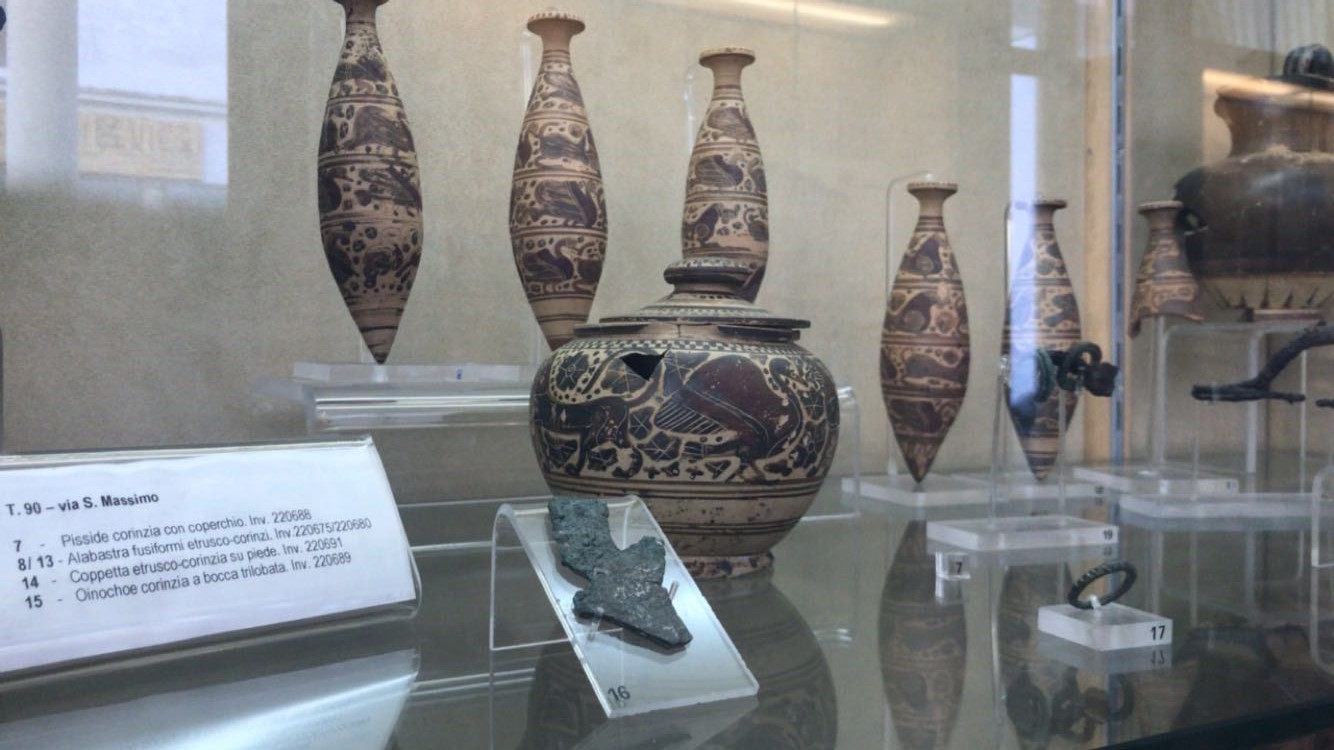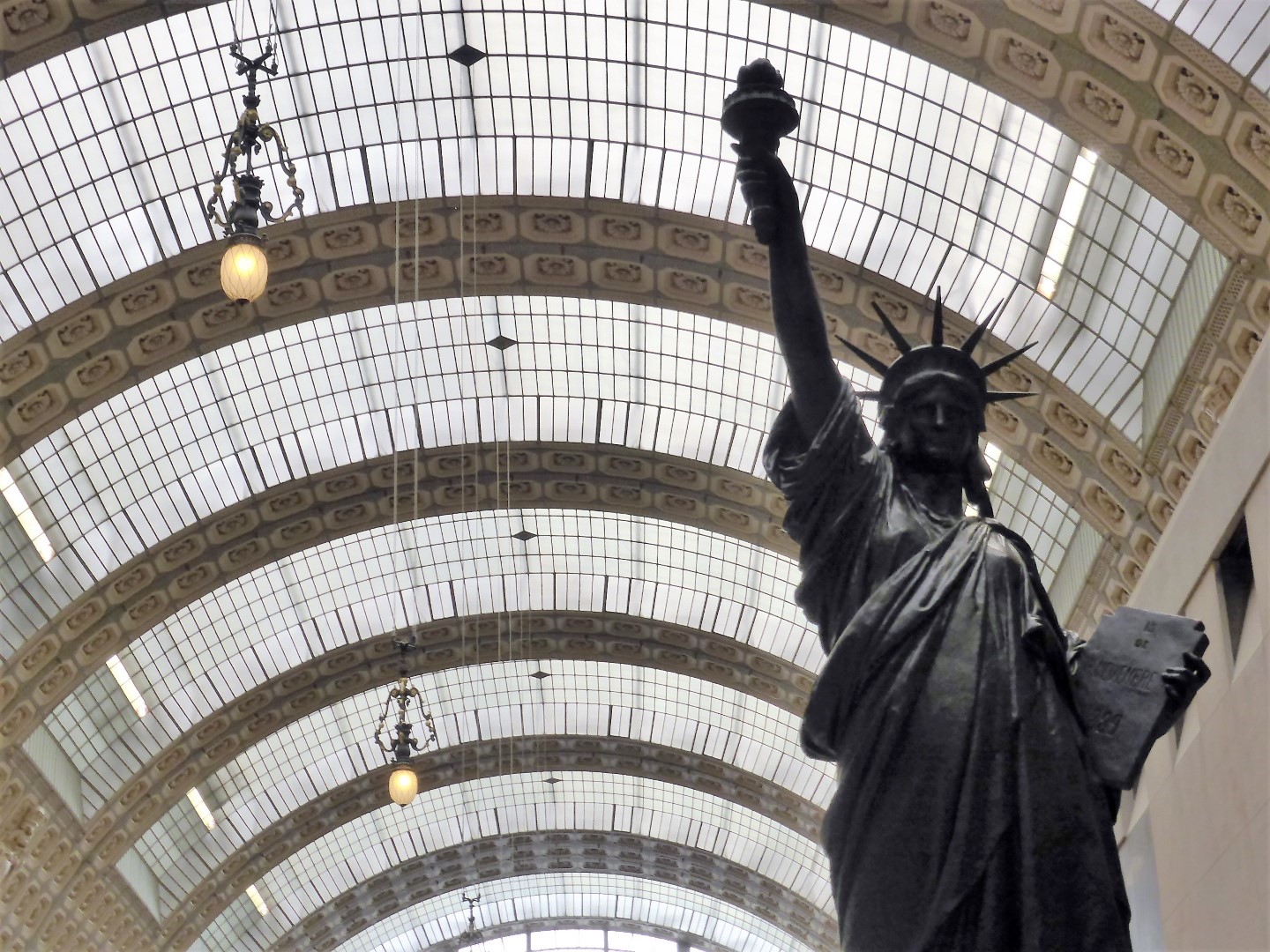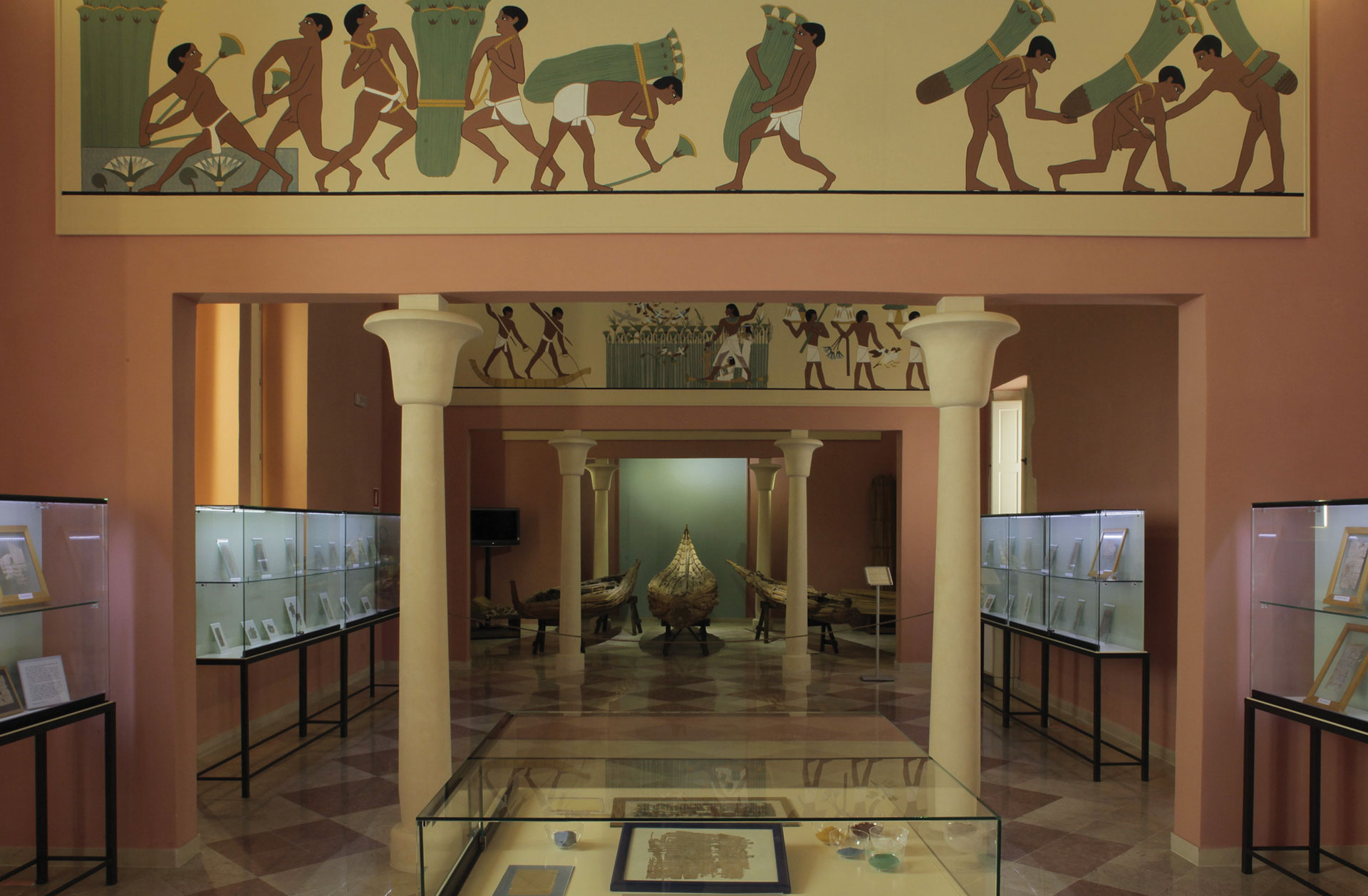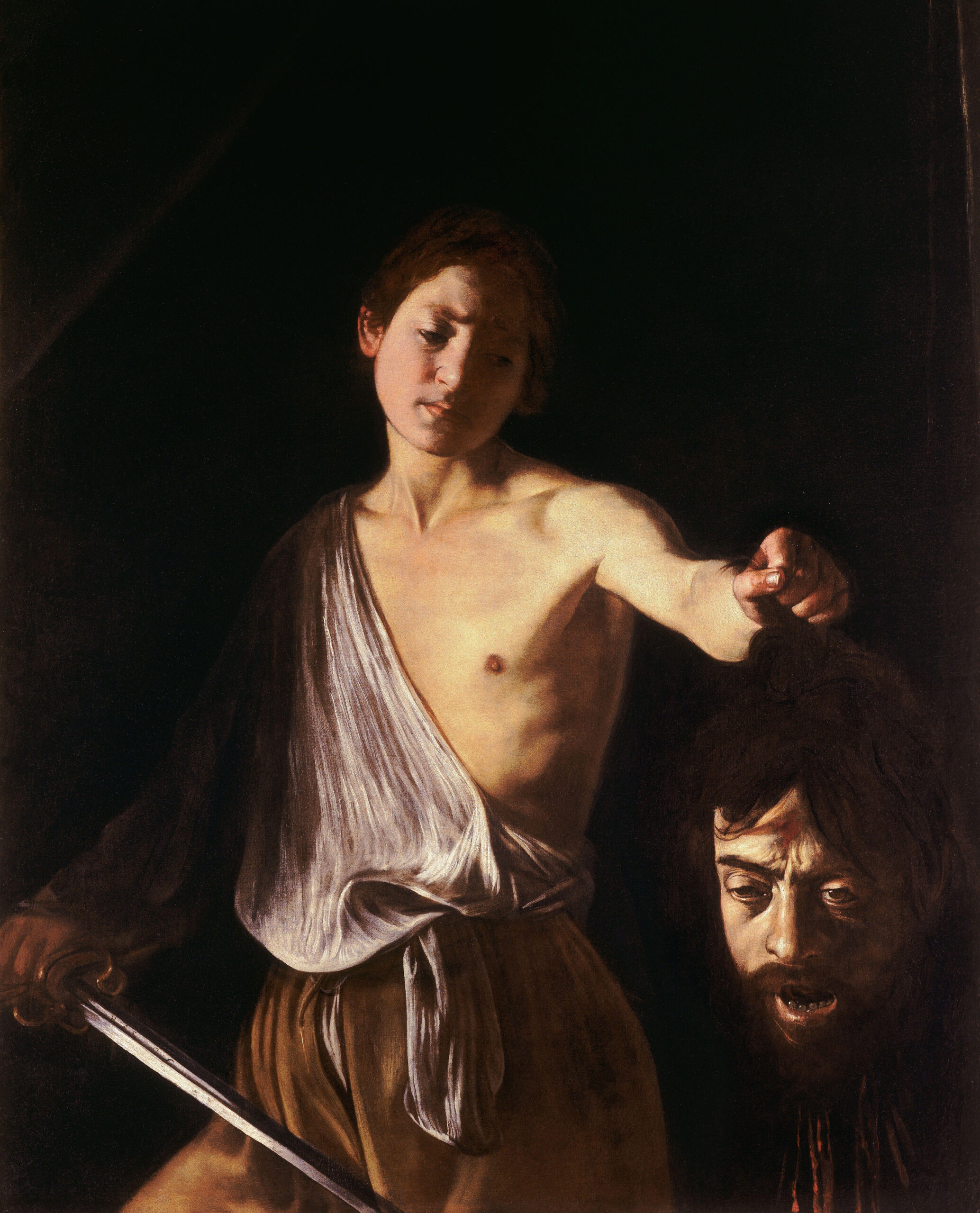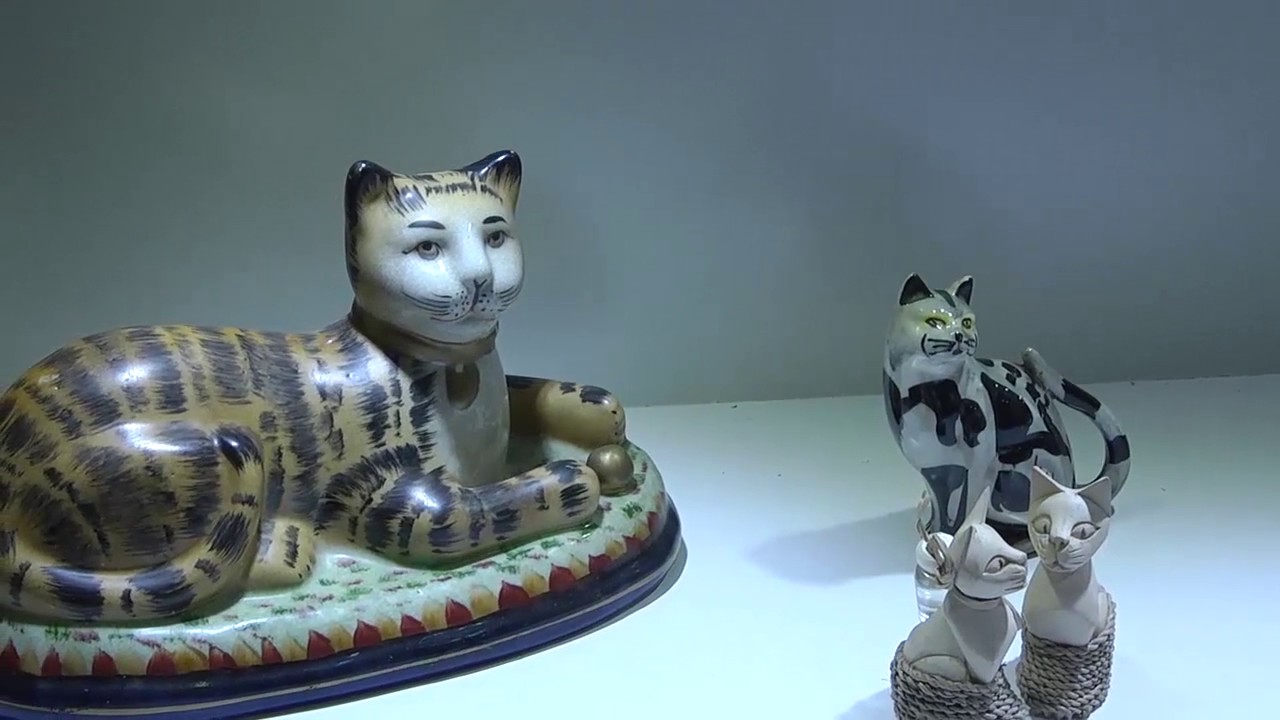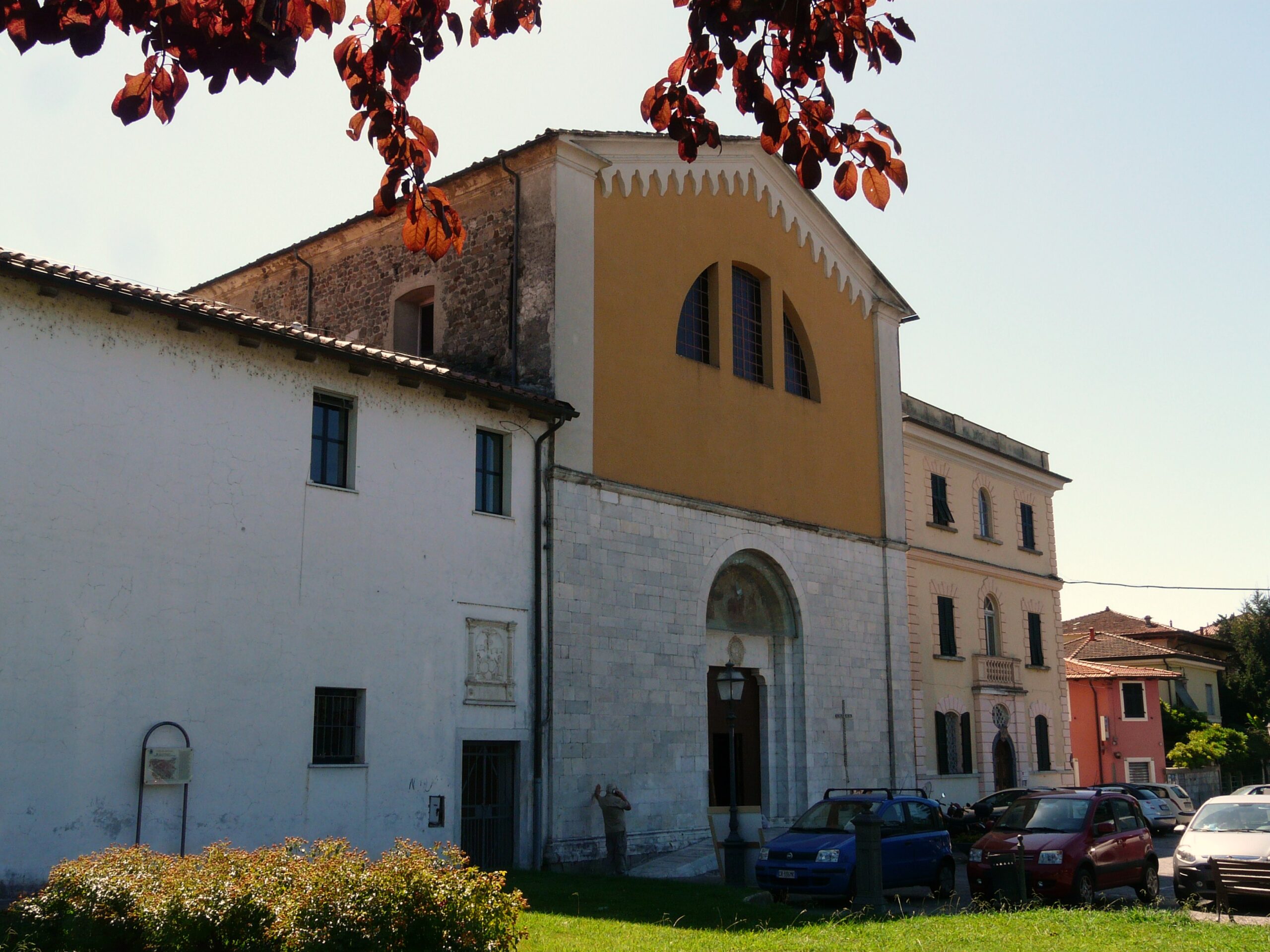The Museum, housed in the prestigious building that was once the convent of the Canossian Sisters, destined by the Municipal Administration, after restoration, as an exhibition venue, offers the public, through a wide and reasoned choice of archaeological materials, the history of the territory of Nola.
The visit starts from the prehistoric section, marked by a thematic path. In the first room the volcanic activity of Somma-Vesuvio is illustrated, outlined through the different eruptive typologies and with particular relief those which affected the history of the territory of Nola, such as the eruption of the "Pomici di Avellino", in the Bronze Age, and the so-called eruption of Pollena, for the late ancient period. In the following rooms are exposed the finds of the Ancient Bronze Age characterizing the facies of Palma Campania, and materials testifying the effect of the eruption of the so-called Pomici di Avellino, whose pyroclastic deposits obliterated the villages of the area. In the exhibition space was also given to the illustration of the results of anthropological investigations with the support of didactic panels and the physiognomic reconstructions of three individuals found in burials. Moreover, one of the huts found during the excavation of the settlement in Croce del Papa in Nola has been reconstructed: inside a wooden structure in real scale in which the distribution of the original furniture and spaces is reproduced, some of the recovered finds still intact have been arranged.
The prehistoric one is followed by a section dedicated to the origins of Nola, which embraces a chronological arc that goes from the VIII to the VI century B.C.. There are exhibited the grave goods included between the end of the VII and the beginning of the VI century B.C., coming from the necropolis located in Torricelle and in via San Massimo, indicative of the Etruscan influence on the community of Nola, together with pottery of Greek production linked to the consumption of wine during the symposium, typical of the lifestyle of the aristocratic classes.
Then there are the rooms dedicated to the "City of the Knights", with reference to the period between the sixth and the fourth century BC. The exhibition introduces, with the help of didactic panels, to the knowledge of the Samnites, whose presence in Campania is affirmed during the second half of the V century B.C.. Numerous testimonies of this period come from the excavations made in the territory of Nola between the 18th and the 19th century. Among these are highlighted vases of Athenian production, red-figure and black-figure, decorated with mythological scenes: for example, two red-figure attic amphorae respectively of the Painter of Alchimaco and of the so-called Painter of Berlin and a column krater decorated with red figures attributed to the so-called Painter of Naples.
The focal point of the section are the painted casket and half-chamber tombs, which follow one another in the center of the room, where there is also a large full-scale blow-up of the "Tomb of the Knight", showing the original arrangement of the painted slabs. On-site reconstructions are made of the tombs in the Casamarciano area, including the so-called Tomb of the Togati and the so-called Tomb of the Dancer. The museum itinerary continues with the last testimonies of the Oscan presence; it deals with the period that goes from the Roman conquest of the city (313-312 B.C.) until the outbreak of the social war (90-88 B.C.). Among the exhibits, some of them come from the sanctuaries found near Cimitile and in San Paolo Belsito, both testimonies of the architectural currents of micro-Asiatic origin. Then the section dedicated to the period of the Roman dominion develops, with the statues that adorned some sepulchres, various funerary reliefs and those coming from the amphitheatre of the city, besides a series of epigraphic testimonies.
The visit continues on the second floor of the complex with the illustration of the testimonies of the imperial age, up to a room entirely dedicated to the so-called villa of Augustus found in Somma Vesuviana.
Finally, the exhibition ends with a section dedicated to the end of the ancient world and to the Middle Ages, starting from the suggestive complex of the early Christian basilicas of Cimitile, up to the modern period, so as to give an overall instrument of reading and valorisation of the monuments and works of art, equally important, attested in these periods in the Nolan area.
